Giant Sunflower
- September 26, 2023
- 0 comment
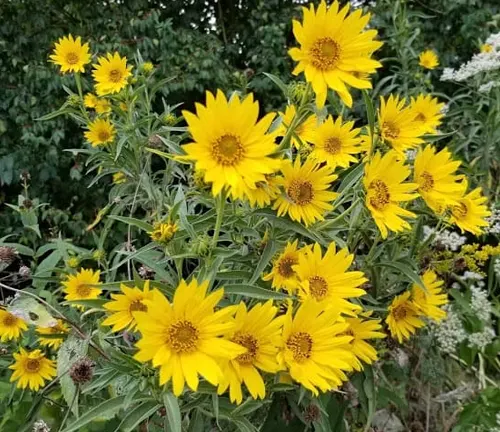
Helianthus giganteus, the Giant Sunflower, is a botanical wonder that graces North American landscapes with its commanding presence. Its reputation as a giant is well-earned, as it often reaches towering heights, sometimes exceeding an impressive 10 feet. What truly captures the imagination, though, are its stunning blossoms. The Giant Sunflower boasts large, radiant yellow petals that surround a strikingly dark central disk, creating a dramatic visual contrast. However, what sets this sunflower species apart is its unique ecological niche. It thrives in environments that many plants find challenging—wetlands, meadows, and along riverbanks.
In these riparian ecosystems, the Giant Sunflower plays a pivotal role as a nectar source for a diverse array of pollinators, including bees and butterflies. This role is particularly crucial during late summer and early fall when other nectar-rich plants may be scarce. Beyond its ecological importance, the Giant Sunflower has found a place of honor in gardening and conservation circles. Gardeners appreciate its ability to add a touch of natural elegance to native plant gardens, while conservationists recognize its potential to provide habitat and nourishment for a variety of wildlife species, making it a symbol of the interconnectedness of nature.
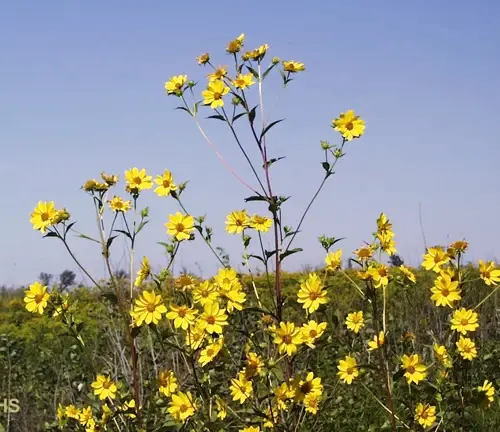
| Characteristics | Description |
| Scientific Name | Helianthus giganteus |
| Common Name | Giant Sunflower |
| Plant Type | Perennial Wildflower |
| Height | Typically exceeds 10 feet, can grow up to 16 feet |
| Flower Color | Bright Yellow Petals with Dark Central Disk |
| Blossom Diameter | Often more than a foot in diameter |
| Habitat | Wetlands, Meadows, Riverbanks, Floodplains |
| Bloom Period | Late Summer to Early Fall |
| Ecological Role | Nectar Source for Bees, Butterflies, and Other Pollinators |
| Growth Conditions | Thrives in Moist and Riparian Environments |
| Adaptability | Resilient in Challenging Soil and Moisture Conditions |
| Landscaping Use | Adds Natural Elegance to Native Plant Gardens |
| Wildlife Benefit | Provides Habitat and Food for Various Wildlife Species |
| Heliotropic Behavior | Sunflowers follow the sun’s path during the day |
Getting to Know the Giant Sunflower
The Giant Sunflower, scientifically known as Helianthus giganteus, is a botanical wonder that commands attention and admiration across North America. With its impressive stature, captivating blossoms, and unique ecological role, this native perennial has earned a special place in both the natural world and the hearts of those who encounter it. Let’s explore the many facets of the Giant Sunflower and discover what makes it such a remarkable plant.

The Botanical Beauty of Giant Sunflower

Giant Sunflower, is a true marvel of nature. Its towering presence often surpasses 10 feet, and under optimal conditions, it can reach a staggering 16 feet or more. But it’s not just the height that sets it apart; it’s the blossoms. The Giant Sunflower boasts large, radiant yellow petals that encircle a dark central disk, creating a striking visual contrast. These flowers, often exceeding a foot in diameter, are reminiscent of the classic sunflower image but on a grander scale. They serve as a testament to the sheer beauty and elegance that native flora can offer.
Woodland Elegance
What makes the Giant Sunflower even more fascinating is its habitat preference. While it thrives in a range of environments, it shines brightest in wetlands, meadows, and along riverbanks and floodplains. This affinity for moist conditions showcases its adaptability and resilience, as it thrives where many other plants struggle. The juxtaposition of its towering presence against the backdrop of lush, watery landscapes adds an element of woodland elegance that is truly captivating.
Ecological Importance
Beyond its aesthetic appeal, the Giant Sunflower plays a pivotal ecological role. Its nectar-rich flowers act as a vital food source for a diverse array of pollinators. Bees, butterflies, and other insects flock to these blossoms, ensuring the sunflower’s reproduction while simultaneously contributing to the pollination of neighboring plants. This role becomes particularly significant during late summer and early fall when nectar sources may be scarce. In riparian ecosystems, the Giant Sunflower’s presence is essential, as it supports the intricate web of life along waterways.


Cultivation and Conservation
The Giant Sunflower’s allure extends to cultivation and conservation efforts. Gardeners have recognized its potential to add a touch of natural elegance to landscapes, particularly in native plant gardens. Its resilience in various soil and moisture conditions makes it accessible to a wide range of gardeners across different regions. Moreover, conservationists appreciate its capacity to provide habitat and nourishment for a variety of wildlife species. By cultivating this sunflower, individuals can contribute to the preservation of native flora and the conservation of local biodiversity.
Fragrance
While the Giant Sunflower may not be renowned for its fragrance, its visual appeal more than compensates for this absence. The sight of a field of these sunflowers in full bloom is a sensory delight, a symphony of color and form that captures the essence of sunlit meadows.
Soil Stabilization
One of the often-overlooked benefits of the Giant Sunflower is its role in soil stabilization. With its robust root system, it helps prevent erosion in areas prone to soil degradation. This contribution to ecosystem health underscores its importance in maintaining the integrity of riparian habitats.
Benefits Abound
In summary, the Giant Sunflower, Helianthus giganteus, is much more than a botanical marvel; it is a cornerstone of riparian ecosystems and a symbol of beauty and resilience in the natural world. Its ecological importance, adaptability, and role in supporting biodiversity make it a cherished species for both gardening and conservation. As we continue to appreciate its striking presence and ecological contributions, we are reminded of the intricate interplay between native flora and the well-being of our environment.
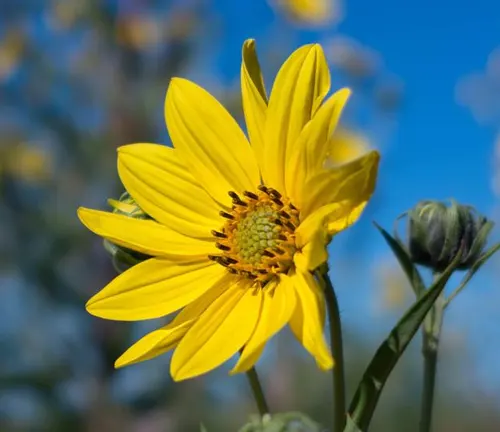
Frequently Asked Questions (FAQs)
- Is the Giant Sunflower edible like its smaller garden counterparts?
While the seeds of the Giant Sunflower are edible, they are generally smaller than those of cultivated sunflower varieties. Some people do harvest and consume Giant Sunflower seeds, but they are not as commonly used for culinary purposes as the seeds of smaller sunflower cultivars. - Are there any traditional uses or cultural significance associated with the Giant Sunflower?
Some indigenous cultures may have historical uses or cultural significance tied to the Giant Sunflower, but specific traditions and practices can vary widely among different Native American tribes and regions. Exploring these cultural connections can provide valuable insights into the plant’s significance. - Do Giant Sunflowers grow in areas prone to flooding?
Yes, the Giant Sunflower is known for its ability to thrive in moist and riparian environments, including areas that may experience seasonal flooding. Its adaptation to such conditions makes it an essential part of the plant community in wetland and floodplain ecosystems. - Can the Giant Sunflower be grown in home gardens, or is it mainly a wildflower?
Giant Sunflowers can be cultivated in home gardens, especially if the garden has a section with moist or well-drained soil. Many gardeners appreciate their towering presence and elegant blossoms, which can add a touch of wild beauty to cultivated landscapes. - Do Giant Sunflowers require any specific care or maintenance in a garden setting?
While Giant Sunflowers are relatively low-maintenance, they may benefit from occasional staking to support their tall stems in windy conditions. Additionally, regular watering, especially in drier regions, can help them thrive. Deadheading (removing spent flowers) can also encourage prolonged blooming and prevent self-seeding if desired.



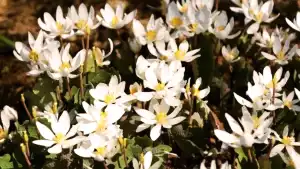

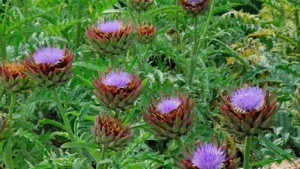

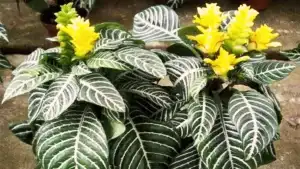
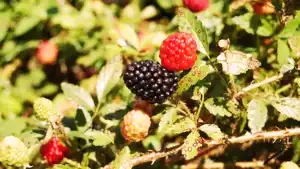
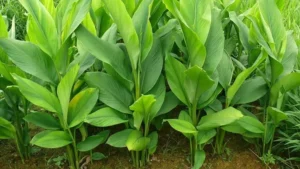
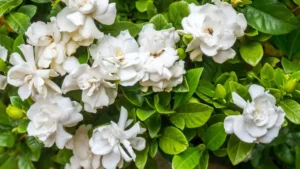

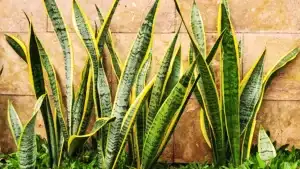
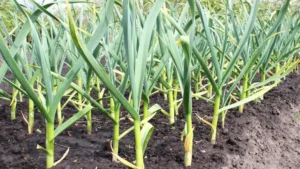
Leave your comment